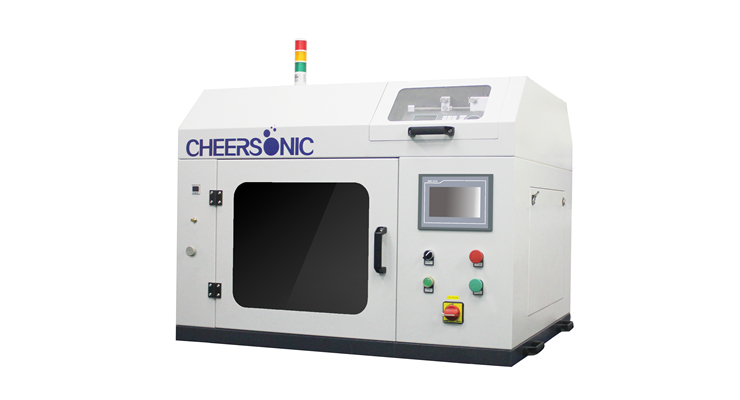Gas Diffusion Layers
Gas Diffusion Layers (GDL) are key components in various types of fuel cells, including Proton Exchange Membrane (PEM), Direct Methanol (DMFC) and Phosphoric Acid (PAFC) stacks as well as in other electrochemical devices such as electrolyzers. In fuel cells, this thin, porous sheet must provide high electrical and thermal conductivity and chemical / corrosion resistance, in addition to controlling the proper flow of reactant gases (hydrogen and air) and managing the water transport out of the membrane electrode assembly (MEA). This layer must also have controlled compressibility to support the external forces from the assembly, and not deform into the bi-component plate channels to restrict flow. Other uses require different criteria, for example, electrolyzers require thicker, higher density porous plates, while humidifiers have most of the same requirements as fuel cell stacks, but the GDLs do not need to be electrically conductive. The GDL serves as a connection bridge between the MEA and graphite plate.
The main functions of GDL include the following:
• A gas diffused pathway from flow channels to the catalyst layer
• Help removes by-produced water outside of the catalyst layer and prevent flooding
• Keep some water on surface for conductivity through the membrane
• Heat transfer during cell operation
• Helps provide enough mechanical strength to hold the MEA from extension caused by water absorbency
Ultrasonic Fuel Cell Coating Video

Recommended Machine
UAL100 ultrasonic dispersion liquid supply system
UAM3000 Ultrasonic Bracket Spraying Machine
UAM4000 small desktop ultrasonic spraying machine
UAM4000L Ultrasonic Precision Spraying Machine
UAM6000 Ultrasonic Large Spraying Machine
UAM7000 Ultrasonic Balloon Guide Wire Spraying Machine
UAM8000 ultrasonic assembly line spraying machine
